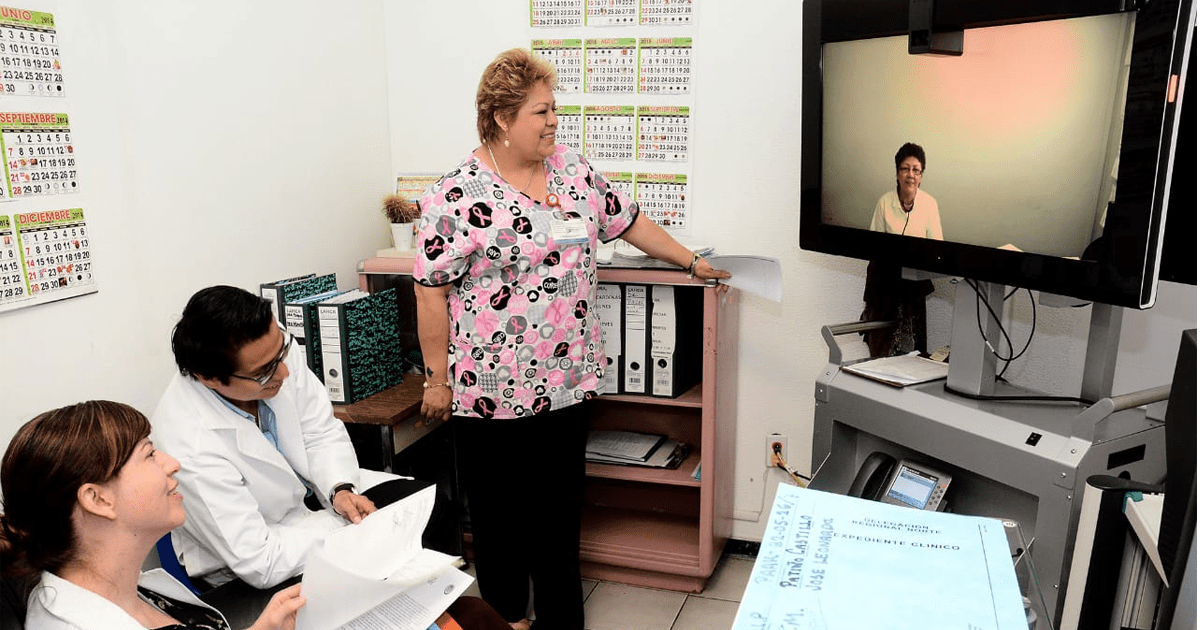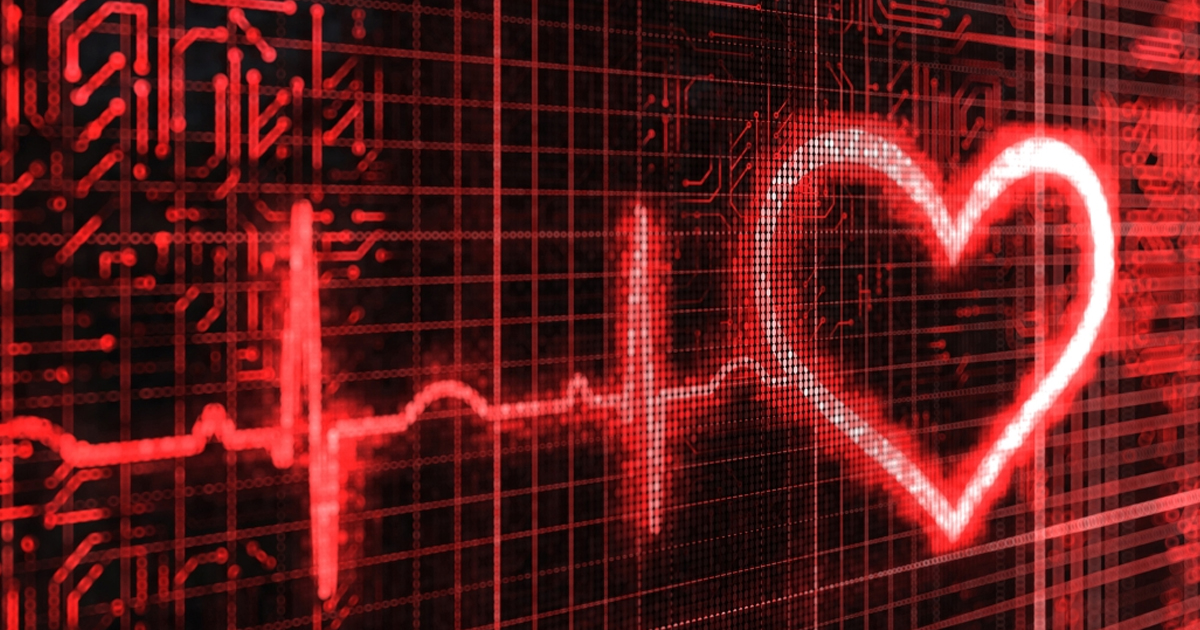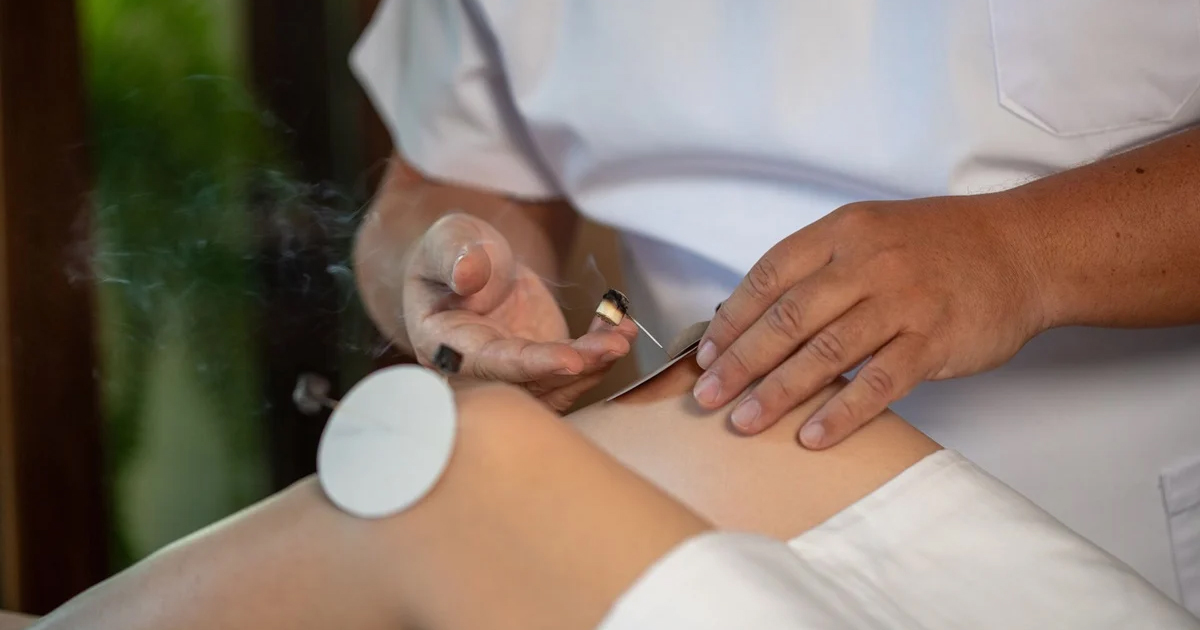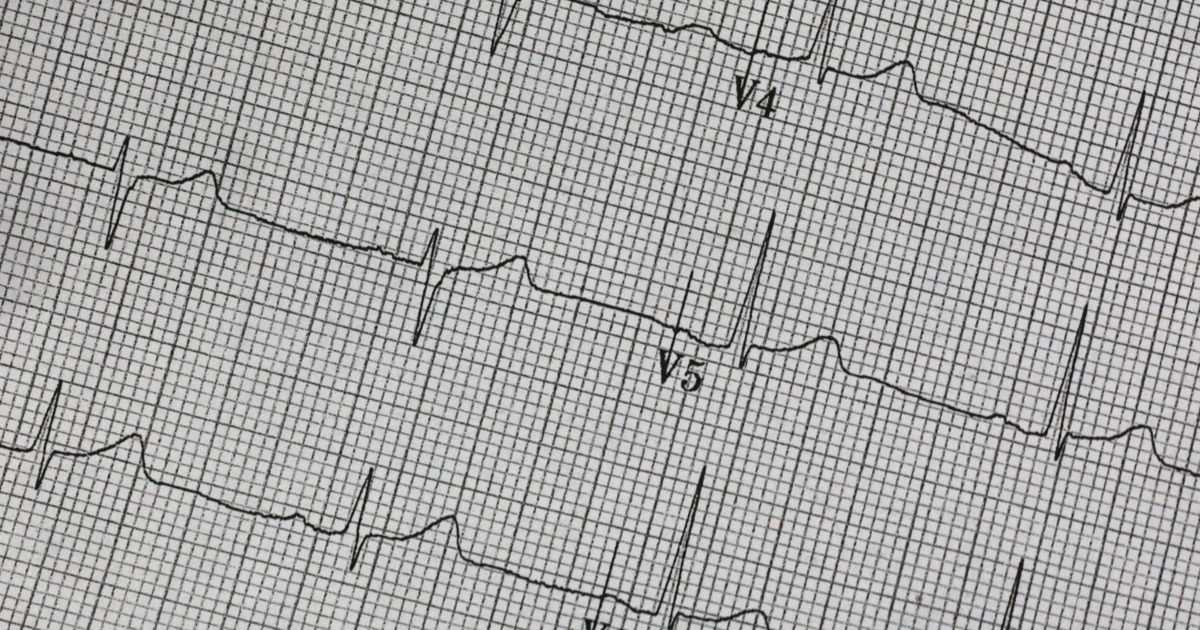Estudio utiliza cámara de teléfono móvil para estimar el porcentaje de grasa corporal
La medición de la composición corporal es un aspecto importante para la prevención y control de enfermedades. Por ejemplo, el exceso de grasa en el cuerpo, o adiposidad, es un factor de riesgo en el desarrollo de enfermedades crónicas. Asimismo, herramientas para realizar mediciones corporales, como el índice de masa corporal (IMC), pueden ser imprecisas.
En este sentido, el estudio en cuestión, tuvo como objetivo evaluar el rendimiento de un nuevo método de visión automatizada por computadora para obtener la composición visual del cuerpo (VBC, siglas en inglés) La VBC utiliza fotografías bidimensionales capturadas a través de un teléfono inteligente convencional y de acuerdo a la información evaluada puede estimar el porcentaje de grasa corporal total. Este método está basado en una red neuronal convolucional de última generación.
La hipótesis del estudio sostiene que la VBC logra una precisión mayor a la de otros dispositivos de medición de grasa corporal. Por ello a se realizaron pruebas en dos sitios clínicos, en los cuales a los participantes se les midió el porcentaje de grasa corporal total con VBC, tres consumidores y dos sistemas de análisis de bioimpedancia profesionales.
De esta forma la VBC tuvo la concordancia general más alta y los límites de concordancia más ajustados entre los métodos utilizados para esta evaluación.
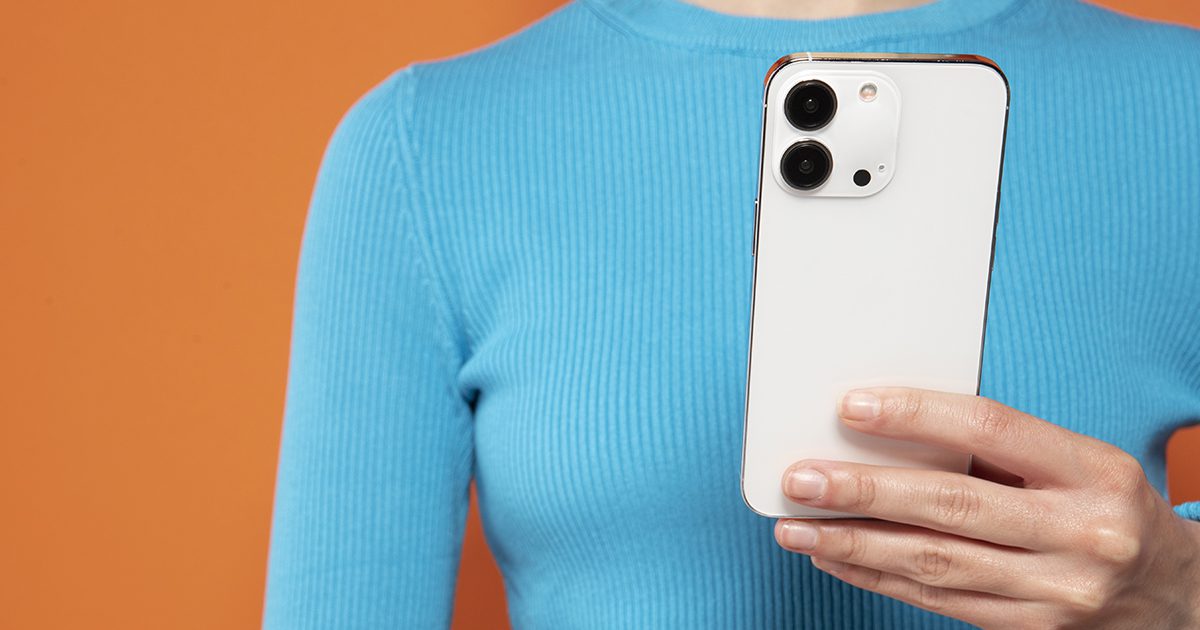
“Mientras que muchos otros dispositivos están disponibles para capturar la imagen de una persona y transformar la información cuantificada en una estimación de la composición corporal VBC solo necesita dos fotografías convencionales del participante capturadas a través de la cámara de su teléfono inteligente personal. Estas dos imágenes se envían de forma segura a la nube donde: (1) se segmentan en persona y fondo, y (2) se pasan a un modelo CNN que analiza automáticamente las imágenes, extrae las características visuales relevantes para la composición corporal y genera una estimación del porcentaje de grasa corporal total”, explican los autores en el estudio
Conoce más sobre este avance y los resultados completos del estudio en el siguiente enlace: https://www.nature.com/articles/s41746-022-00628-3


